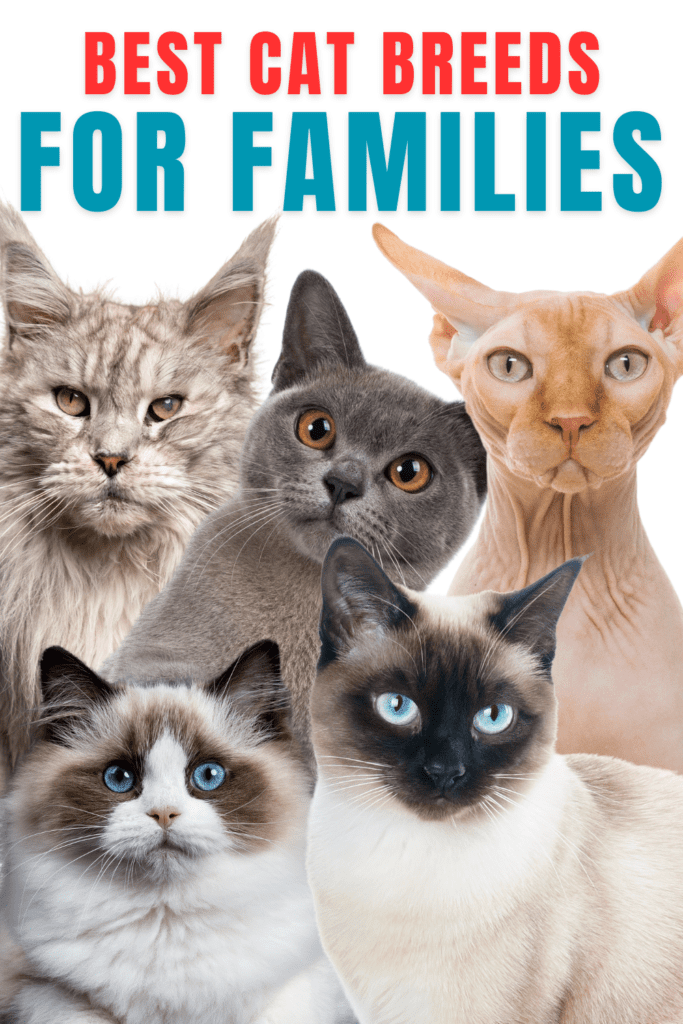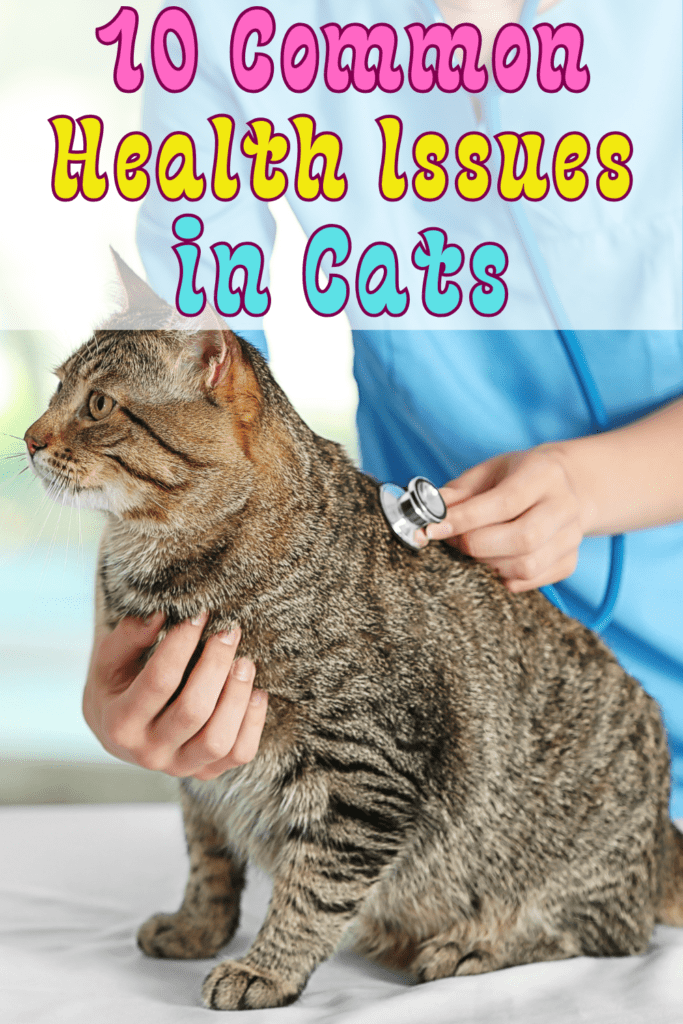This “Persian Cat Characteristics: What You Need to Know” post may contain affiliate links, which means I’ll receive a commission if you purchase through my link, at NO EXTRA COST TO YOU
Persian Cat Characteristics: What You Need to Know
The Persian cat, one of the most beloved and recognizable cat breeds, boasts a distinctive appearance and a calm, affectionate personality. With their luxurious coats, sweet expressions, and gentle demeanor, Persian cats have captivated cat lovers for generations. To truly appreciate this breed, let’s dive into the unique characteristics that make Persian cats so special.

Elegant Appearance
First and foremost, Persian cats are known for their stunning appearance. Their long, flowing coats, which come in various colors and patterns, create a regal look that sets them apart from other breeds. The dense, soft fur requires regular grooming to maintain its beauty, but the effort is well worth it. Furthermore, Persian cats have a distinctive flat face, known as brachycephalic, which gives them their signature round face and large, expressive eyes. This combination of features contributes to their charming and almost doll-like appearance.
Gentle Temperament
In addition to their striking looks, Persian cats are renowned for their gentle temperament. These cats exude calmness and prefer a peaceful environment. They enjoy lounging around the house, making them ideal companions for those who lead a more relaxed lifestyle. While Persian cats are affectionate, they are not overly demanding of attention. Instead, they prefer quiet companionship, often following their owners from room to room and sitting close by rather than being overly clingy.
Low Energy Levels
Unlike some more active breeds, Persian cats have relatively low energy levels. They enjoy short bursts of playtime but are generally content to spend most of their day lounging. This laid-back nature makes them excellent indoor pets, as they are less likely to engage in destructive behavior when left alone. However, providing them with interactive toys and occasional play sessions helps keep them mentally stimulated.
Adaptability
Persian cats adapt well to various living environments. Whether you live in a spacious home or a small apartment, they adjust easily, as long as they have a comfortable space to call their own. They are also known for being relatively quiet, which makes them suitable for households where noise might be a concern. Additionally, Persian cats get along well with other pets, particularly if they are introduced gradually and given time to adjust.
Affectionate Nature
One of the most endearing qualities of Persian cats is their affectionate nature. They form strong bonds with their owners and enjoy being pampered and loved. While they may not be as vocal as some other breeds, their purring and gentle nudges clearly indicate their contentment. Persian cats appreciate gentle handling and often seek out a cozy lap to curl up on. Their affectionate demeanor makes them wonderful companions for those looking for a loving and loyal pet.
Grooming Requirements
Given their long, luxurious coats, Persian cats require a significant amount of grooming. Daily brushing is essential to prevent mats and tangles, as well as to reduce shedding. Additionally, regular grooming sessions help keep their coat clean and free of debris. Bathing should be done periodically, and their eyes should be wiped daily to prevent tear staining, a common issue in the breed. While the grooming routine may seem demanding, many owners find it a rewarding way to bond with their Persian cat.
Health Considerations
Although Persian cats are generally healthy, they are prone to certain health issues due to their brachycephalic facial structure. Respiratory problems, dental issues, and tear duct blockages are common concerns. Regular veterinary check-ups are crucial to monitor their health and address any issues early on. Additionally, Persian cats should be kept indoors to protect them from potential hazards and to maintain their beautiful coats.
Social Nature
Persian cats are social by nature, enjoying the company of their family members. While they may not be as playful as some other breeds, they still appreciate interaction and gentle playtime. They also enjoy observing their surroundings, often perching in a favorite spot where they can watch the world go by. Persian cats are particularly suited to homes where they can receive consistent attention and affection without being overwhelmed by constant activity.
Longevity and Lifespan
With proper care, Persian cats can enjoy a long and healthy life. Their average lifespan ranges from 12 to 15 years, although some have been known to live even longer. A balanced diet, regular grooming, and routine veterinary care all contribute to their longevity. Persian cats thrive in a stable environment where they feel safe and loved, which further enhances their overall well-being.
Ideal for Quiet Households
Persian cats excel in quiet households where they can relax and enjoy a tranquil atmosphere. They are not particularly fond of loud noises or chaotic environments, so they may not be the best fit for homes with young children or boisterous pets. However, in a calm setting, Persian cats flourish, providing their owners with years of companionship and love.
Conclusion
In summary, Persian cats are a unique breed known for their elegant appearance, gentle temperament, and affectionate nature. While they require regular grooming and careful attention to their health, the rewards of owning a Persian cat are immeasurable. Their calm demeanor and loving personality make them ideal companions for those who value a peaceful, cozy home. By understanding their characteristics and meeting their needs, you can enjoy a fulfilling and enriching relationship with your Persian cat for many years to come.
© Copyright 2024. All rights reserved.








